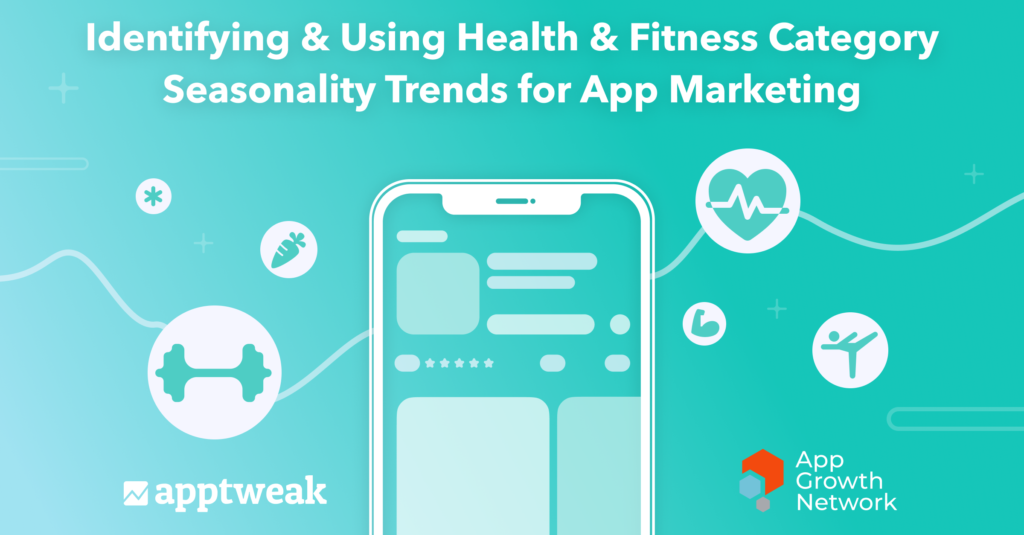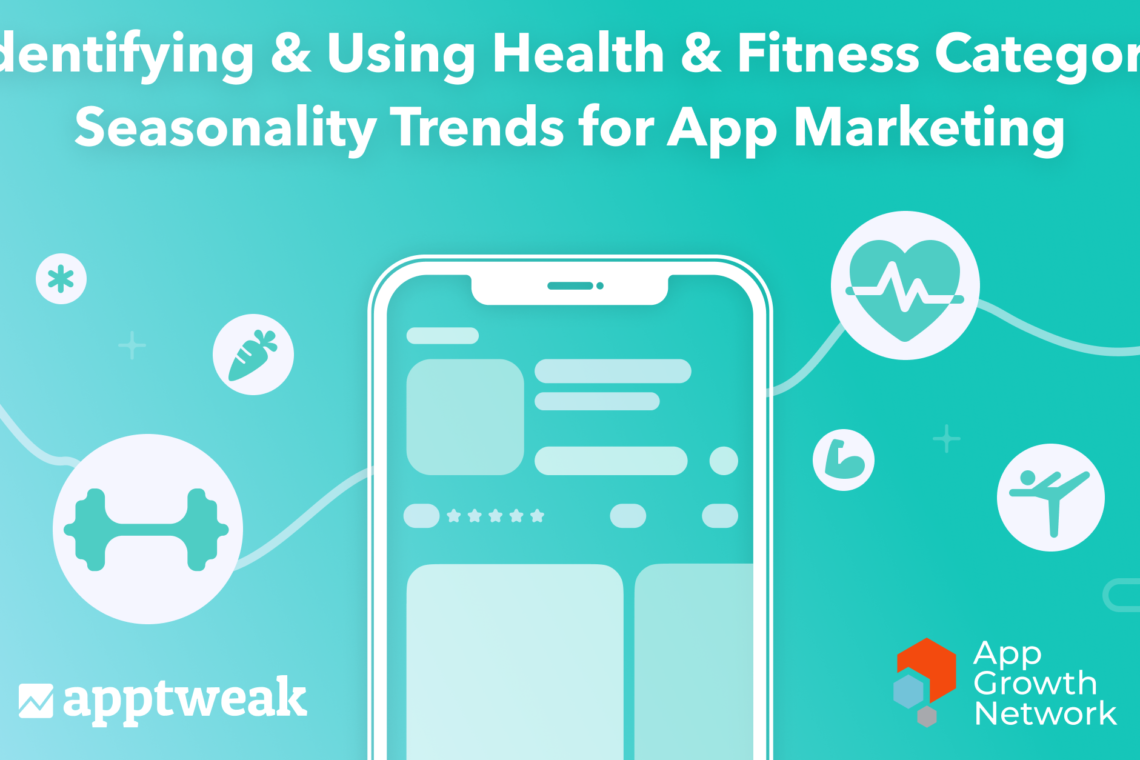
There is just no one-size-fits-all method for creating effective app marketing tactics, whether it be for a productivity app or a health and fitness app. That’s because each of the 5+ million apps currently available has its own unique set of difficulties.
One of several mobile apps’ biggest problems is getting people to download it. Others say that acquiring downloads isn’t their problem; keeping customers and lowering the churn rate are. However, for some, the key to monetization is persuading users to finish a subscription or make an in-app purchase.
Every software, in essence, suffers from a leak somewhere in the customer lifecycle marketing funnel. Half the struggle is figuring out where this is taking place (or precisely what the issue is).
The second step is to determine the cause of the leak, which determines the appropriate course of action to take to address the issue.
Background of Health & Fitness Apps
FitMe is a health and fitness app with an emphasis on at-home exercises for active adults. The lengths of the exercises range from 10 to 20 minutes, and they can be done in HIIT, bodyweight training, weight training, or yoga.
FitMe offers a 7-day free trial with the option to continue using the service for $9.99/month or $69.00/year.
Low user retention rates present a challenge. The software receives thousands of downloads each week, but it has a high churn rate, with notable retention rate declines at Days 1, 7, and 30.
Reasons for the Low App Retention Rate
AGN would look into the app’s functionality and in-app events targeted at the activation, engagement, and re-engagement stages of the lifecycle marketing funnel in light of the app’s description and primary difficulty (user retention).
FitMe issues with low app retention rates for the following reasons, to name a few:
Process for boarding a Suppar
The onboarding process for FitMe begins with a registration screen, where the user is prompted to create an account using a Google, Facebook, or email address.
FitMe then walks the user through a 10-screen visual demonstration of all the app’s capabilities, including the four workout type selections, how to choose the session length, how to choose the workout narrator voice, and other information (if the user chooses to proceed with this stage).
The user can select an exercise and begin a session after registering and browsing through the tutorial.
At AGN, we start by asking ourselves, “What do I want to experience right now to make me want to use this app?” from the user’s perspective. What is it about this onboarding procedure, specifically, that makes me not want to keep going until I complete the first workout?
Here are some explanations for the activation stage leak and the cause of the low Day 1 app retention rates based on the existing onboarding process experience:
The USP (unique selling proposition) of the software is not verified at initial open
When a user opens the FitMe app, the first thing they should see should be a confirmation of the reason they downloaded the app.
requesting personal information from a user too soon in the process
People are put off by technology that requests their name and/or email address in the current era of privacy, especially if they don’t know why or how this information will be utilised.
The customer downloaded FitMe in order to exercise and get healthier…
Why is it necessary to create an account? They may never go past this screen and end up as a churned user if they fail to recognise the benefit right away.
The instructional video is too long and complex.
A new user doesn’t necessarily need to be familiar with every aspect of FitMe right away. If 20-minute yoga sessions were the primary reason they got the app, they especially don’t need information about HIIT workouts. One guaranteed way to lose someone is to waste their time!
A FEATURE THAT THE USER VALUES IS MISSING FROM THE PRODUCT
The team concludes from market and competition research that customers install and utilise fitness applications mostly for the gamification and motivation they experience. Most of FitMe’s top rivals give rewards for steady performance or incorporate challenges.
PERFORM A/B TESTING
Inadequate knowledge of our core users is frequently the result of a lack of testing or the inability to obtain user feedback on product modifications. For the app client and users, A/B testing a product upgrade with ongoing user feedback might result in a win-win situation.
Leanplum’s A/B testing tool makes it easier to comprehend the elements that encourage consumers to interact with various options while collecting input on what works best.
Download our ebook, “How to Make a Health & Fitness App Successful,” for a thorough examination of the communication tactics that perform best at each point of the customer lifecycle funnel for health and fitness apps.
Visit these sites to find out more about what Leanplum can accomplish for your team:
See how we examined billions of subscription app events and message sends in our new Subscription Data Science Report to provide you with the finest tips and methods for expanding and making money from your app.
Our platform is the only one that focuses on gaming, subscription apps, and on-demand and mobile retail.
To see Leanplum in action, see the Product Tour.
Arrange a free, individualised Leanplum demo —
Leanplum is the only option for app-first businesses that helps personalise and optimise every client touchpoint, both within and outside the app. To fully, end-to-end personalise the mobile journey, Leanplum integrates multi-channel lifecycle marketing with the capacity to A/B test the product experience. To promote quick growth, dismantle organisational silos and get rid of band-aid fixes.
